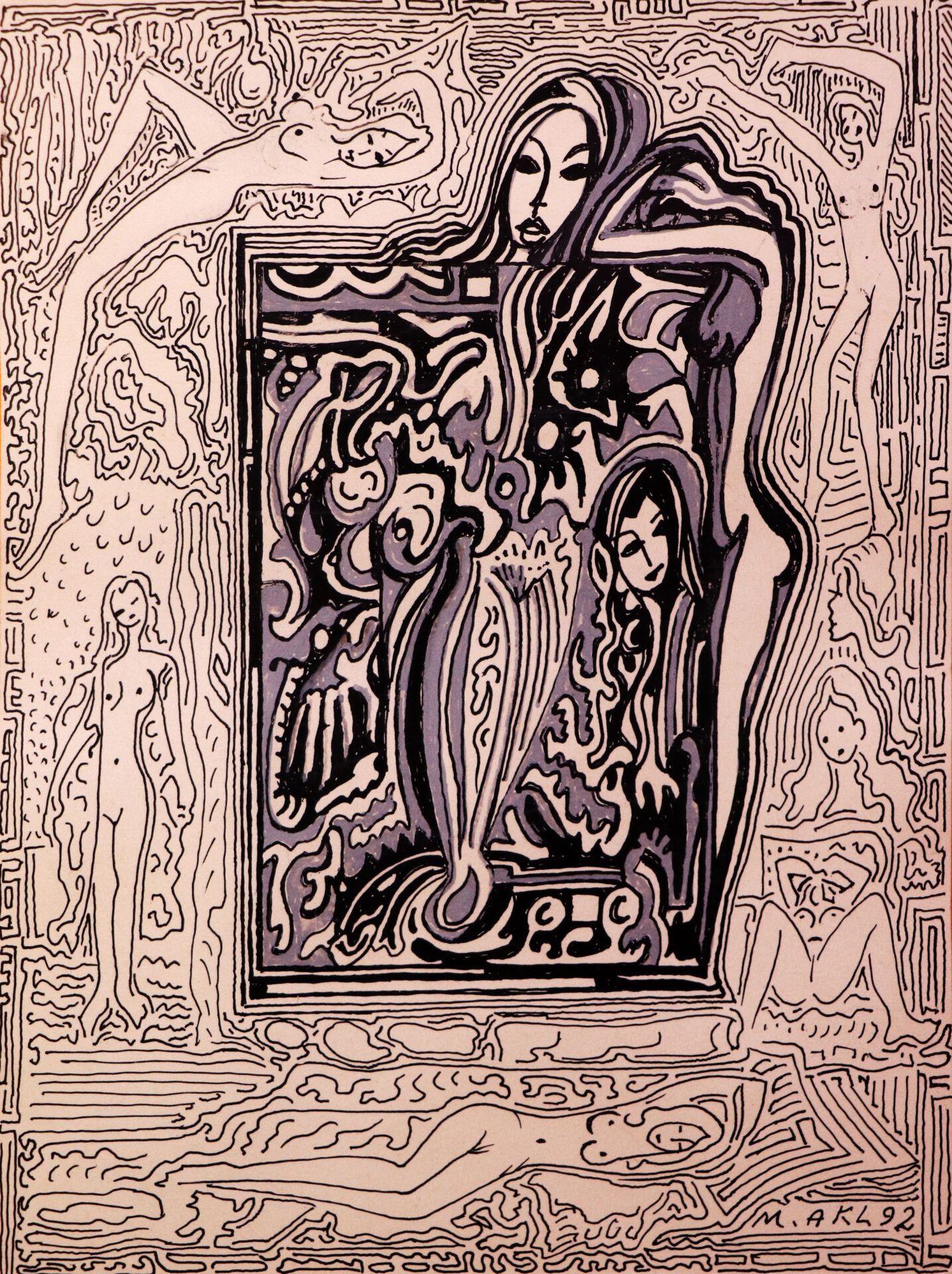
Read more


I conquered over
war and paralysis
Michel Akl's legacy
“From the first brushstroke to the last, Michel Akl was a fascinating presence. His art filled the space with an energy that goes beyond the physical and the material, the kind that can only emanate from hope, persistence, love…values we all need today. Michel Akl’s distinctive art, his unwavering values, and his hopeful outlook belong in the collective memory.”
Michel Akl’s daughter
Painter Micheline Akl
Between Michel Akl and his art
“After my home and my beautiful hometown were destroyed, I lost my muse. Only in my dreams do I find back the inspiration I need. I see my painting in its tiniest details, and I wake up the next day to give it life, just as I saw it in my dreams.”
Painter and sculptor Michel Akl (1922-1997) was born in the coastal town of Damour, Lebanon. Confined to his wheelchair since his infancy, Akl created artwork that reflects his desire to transcend his handicap and his country’s bloody civil war (1975-1990) and to reside in a vibrant world of moral and artistic wealth.
Between 1953 and 1992, Akl participated in numerous collective and individual exhibitions both in Lebanon and the U.S.A. He drew inspiration from oriental art and became known for his “spider’s web” style represented in shifting and minute forms and shapes.
Michel Akl’s artwork is housed in many private and public collections, including the Lebanese Ministry of Culture’s permanent collection and that of his daughter, artist Micheline Akl.
Michel Akl's art


The outcome was around 40 paintings exhibited at the Hotel Saint George, Beirut, in 1967, and the famed “Spider’s Web” (toiles d’araignée) compositions that defined Michel Akl’s artwork ever since.

A reflection of the artist’s rootedness in oriental thought and spirituality, Michel Akl’s Arabesque style is, at the same time, the Orient presenting all it can offer to enrich the Occident, and a dialog, in modern style, between occidental colors and oriental forms!

Michel Akl’s oeuvre is characterized by a juxtaposition between surrealism and lyrical abstraction. While observing human nature, a process of dislocation leads him to create a mental and especially symbolic universe in his artwork.
“For me, the painting is an invention that has connections with visual reality and is not one of its reflections.”

“The woman is a necessary condition,” he would state repeatedly. “She is the spiritual nourishment, the friend, the lover, the daughter, and the mother.”
